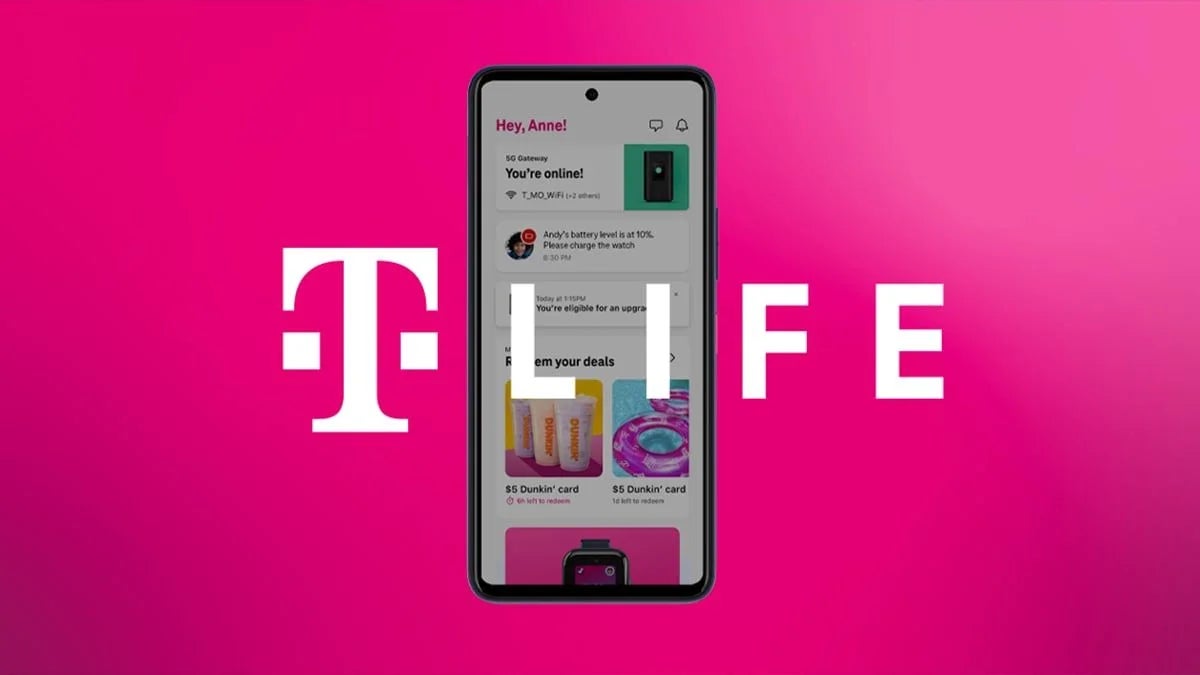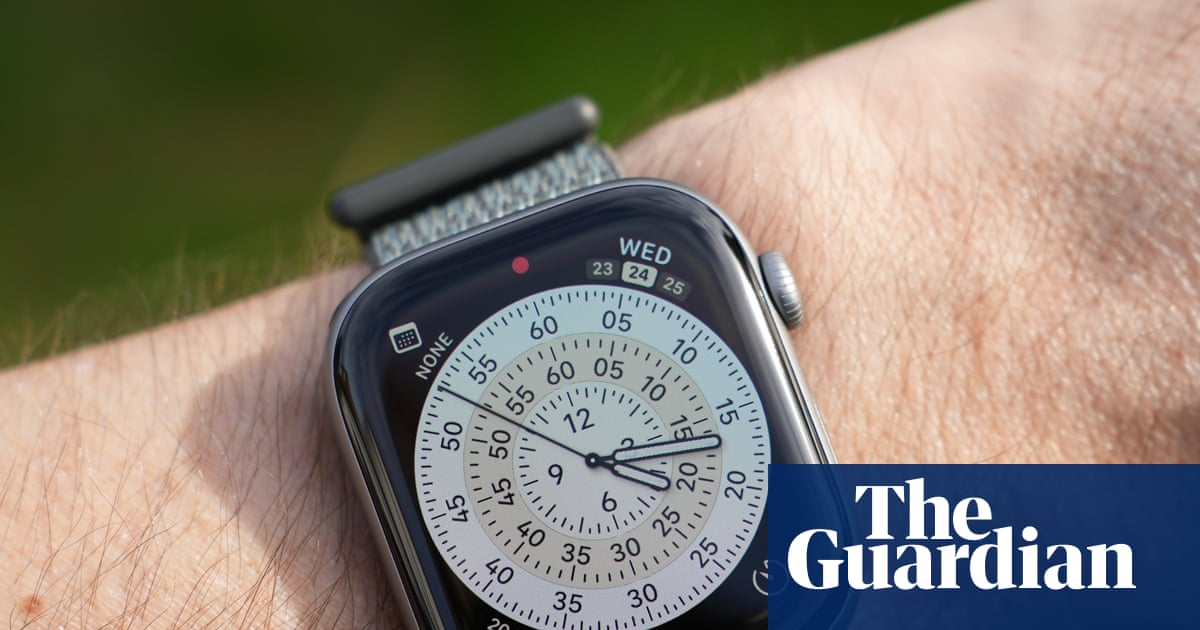Summary
- I skip upgrades — new phones rarely wow me and cost too much.
- Makers strip chargers, headphone jacks, and microSD; eSIMs and setup add hassle.
- Phones are bulkier, pricier, and built for features I don’t need.
Some people love buying new phones. Any time there is a new update on a flagship line, some people jump at the chance to upgrade. Many people I have known over the years as a tech journalist are this way. I’m definitely not. I tend to get the most mileage out of my phones before I trade them in.
But, the main reason why I don’t like to get the latest phone right away is because, much of the time, there isn’t something that blows me away enough to make a sudden switch. Also, phones are really expensive, and I don’t always want to drop hundreds of dollars for a new model. I’m fine with keeping my phone until it doesn’t work any longer, quite frankly.
Part of the reason I don’t want to upgrade is that manufacturers have made shopping for phones a harder pill to swallow. Sure, there are plenty of phones available that can do so much, like use AI, erase people from pictures, and record long videos. But there are some things that manufacturers have changed over the years that have made the phone-buying process exhausting.
- Brand
-
Google
- SoC
-
Tensor G5
- Display
-
6.3-inch Actua Display 1080 x 2424 pixel resolution OLED (60-120Hz)
- RAM
-
12GB
- Storage
-
128GB/256GB
- Battery
-
4,970mAh
Google’s Pixel 10 features the tech giant’s new Tensor G5 chip and a three-camera setup for the first time that includes a 10.8-megapixel telephoto camera.
1
New phones don’t come with charging bricks
I have to scrounge up my own now
I understand that many of these changes have been to directly force consumers to buy more products from the manufacturers. But, it doesn’t mean I have to be happy about it.
Nowadays, phone makers assume you already own a charging brick, so they only toss a cable in the box. Most new devices charge with USB-C, which makes things easier in theory — you can plug into almost any brick you’ve got lying around. But there’s a problem: not every device follows the same rule, and not everyone has a pile of extra bricks at home.
It’s annoying to buy a shiny new phone and realize you’ve got ten identical cables in a drawer but not a single brick to actually plug one into. It doesn’t seem like an accident, either. Manufacturers would much rather you buy their brick than grab a cheaper one off Amazon. It’s not the end of the world, but it’s frustrating when a simple accessory becomes one more extra purchase.
2
eSIM cards are the standard now
A double-edged sword
You used to have a physical SIM card in your phone that you could just swap out from one phone to the next when you got a new one. It wasn’t the most secure process in the world, which is why manufacturers switched to eSIM cards, which are digital SIM cards that let you activate a phone without the need for a physical one.
eSIM cards can be inherently harder to use. For example, if your phone breaks, and you can’t turn it on, you may not have access to the information on the eSIM card. Not all phones support eSIM cards either, so if you go from using one to a phone that doesn’t have the ability, you’re out of luck.
All in all, that’s just way too many hoops.
If you need to transfer over your info in an emergency, there’s almost no fast way to do it, and it can take hours to transfer eSIM cards from one phone to another. You also need to have proper support from the carrier in order to set it up on a new phone. All in all, that’s just way too many hoops.
3
Phones don’t have headphone jacks anymore
Sometimes, I just want wired headphones
You used to actually get headphones and earbuds with the purchase of some phones. You can still find deals like that, but it’s not always included. But now, they are likely going to be wireless earbuds rather than wired headphones. That’s because many phones don’t have headphone jacks anymore. Many used to have 3.5mm headphone jacks and wired headphones could plug in without an issue. This opened up the ability to use all different brands of headphones, so you could pick a favorite.
Sometimes, it’s easier not to worry about connectivity issues and just plug your headphones into your phone.
You can still do that, but now you most likely have to rely on wireless earbuds or over-the-ear headphones. This means you need to keep track of smaller pieces of equipment, plus an added charger because wireless headphones need charging. You have to spend more money on these kinds of headphones, and your ears may get tired of having them in after a while. Many manufacturers got rid of headphone jacks to force people to buy their wireless headphones. But sometimes, it’s easier not to worry about connectivity issues and just plug your headphones into your phone.
4
Many phones don’t let you expand storage
There aren’t slots anymore
You likely weren’t worried about how much storage your phone had from the get-go when you purchased it back in the day. That’s because most phones had the ability to expand their storage needs, thanks to a microSD slot in the phone. Adding one generally didn’t cost too much and was cost-effective option for those that needed a lot of storage.
Nowadays, phones don’t have microSD slots, and they come with large amounts of storage on them. But, the more storage you get, the more expensive your purchase is. Plus, so much of the storage is cloud-based, that you have to pay attention to both that and your phone. If you get close to the limit, there’s no way to add more unless it’s in the cloud. If you’re approaching the maximum storage on your phone, you have to delete things rather than add in an additional storage piece.
5
Phones are harder to tote around
They can be too big for their own good
Phones have become glorified handheld computers. But that doesn’t mean that you need a phone that’s as big as a mini computer. Many phones are thicker and bulkier than they ever have been before. The size of the screen is helpful because you can see so much on it. But if you’re someone who keeps their phone in their pocket throughout the day, it can feel like a burden in your pants.
I’m not saying I want to go back to the resolutions of older phones, the size of many of the flagship phones doesn’t have to be as big as they are. Most people would rather have phones that were easy to hold and carry.
Whether it’s a foldable phone, which tends to be bulky, or just one with a large screen, it can be hard to store your phone easily. While I’m not saying I want to go back to the resolutions of older phones, the size of many of the flagship phones doesn’t have to be as big as they are. Most people would rather have phones that were easy to hold and carry.















